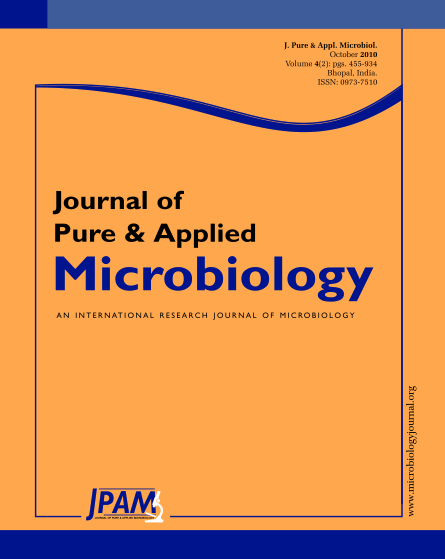Lonar Crater situated in the village Lonar (Lat. 19058’, Long. 76034’) in Buldhana District of Maharashtra State, India is the only one in the world formed by meteorite impact in basaltic rock. Formed some 52,000 years ago, it is today a closed basin lake that is saline and alkaline, rich in carbonates and bicarbonates. As it constitutes an extreme environment (alkalinity) and as there are no previous reports of nitrogen fixing bacteria from there, a study was undertaken to isolate and characterize nitrogen fixing bacteria adapted to this environment. Nitrogen fixing bacteria could be considered to constitute an important group of primary producers in an ecosystem due to their ability to make available a very important nutrient to other species. Though vast majorities of the species known today are chemoorganotrophs, there are many autotrophic nitrogen fixers also known. Several such bacteria have also been discovered in environments that resemble the Martian environment as well. Considering the fact that the Lonar Lake is of meteorite origin, an extraterrestrial object, it was decided to test the ability of the nitrogen fixers isolated from here to grow on Martian simulated soil. This paper presents results of that study. Of the 32 bacterial isolates obtained, only four were capable of growing on the simulated Martian soil component extract medium that was lacking in both nitrogen as well as carbon. This meant they were both fixers of atmospheric nitrogen as well as carbon. This holds encouraging signs to the search for extraterrestrial life using such organisms as possible indicators.
Lonar, Meteorite, Nitrogen fixers, chemoorganotrophs, simulated, Martian Soil, Extraterrestrial
© The Author(s) 2010. Open Access. This article is distributed under the terms of the Creative Commons Attribution 4.0 International License which permits unrestricted use, sharing, distribution, and reproduction in any medium, provided you give appropriate credit to the original author(s) and the source, provide a link to the Creative Commons license, and indicate if changes were made.


